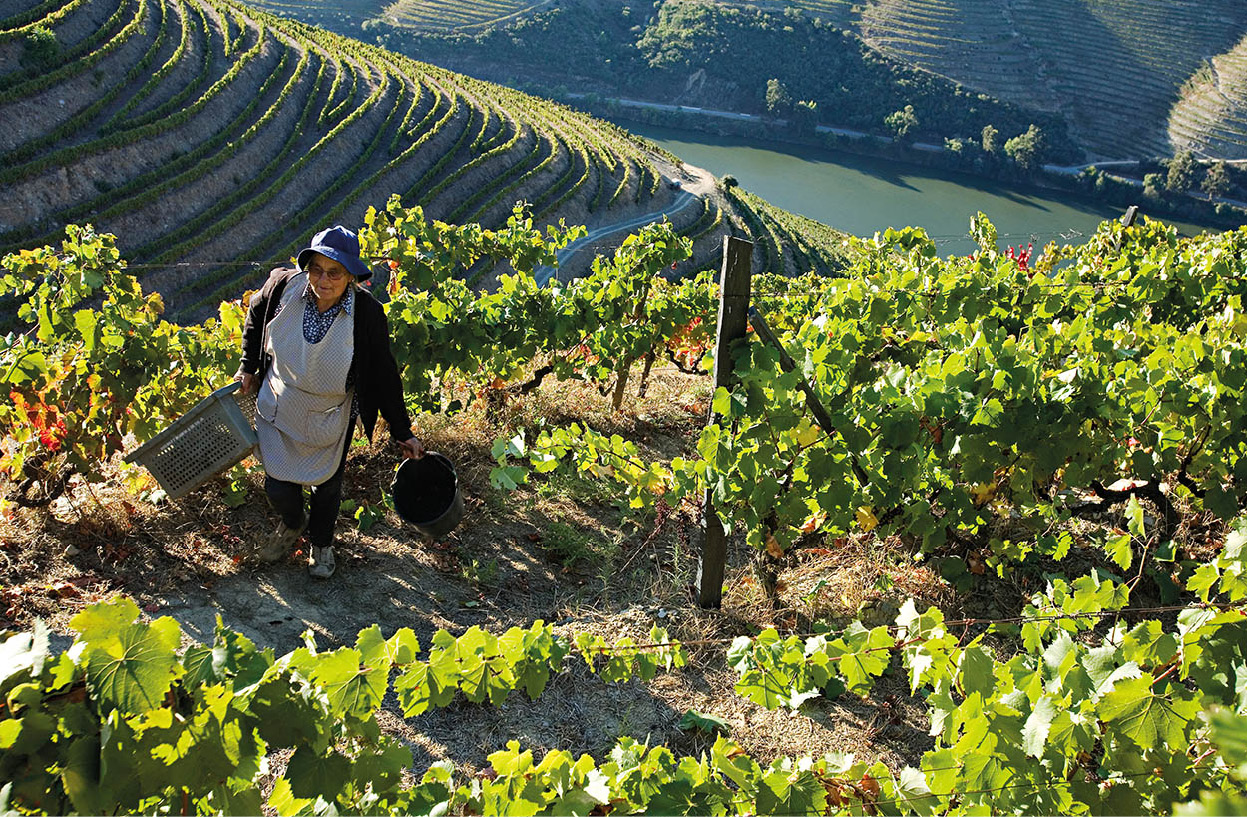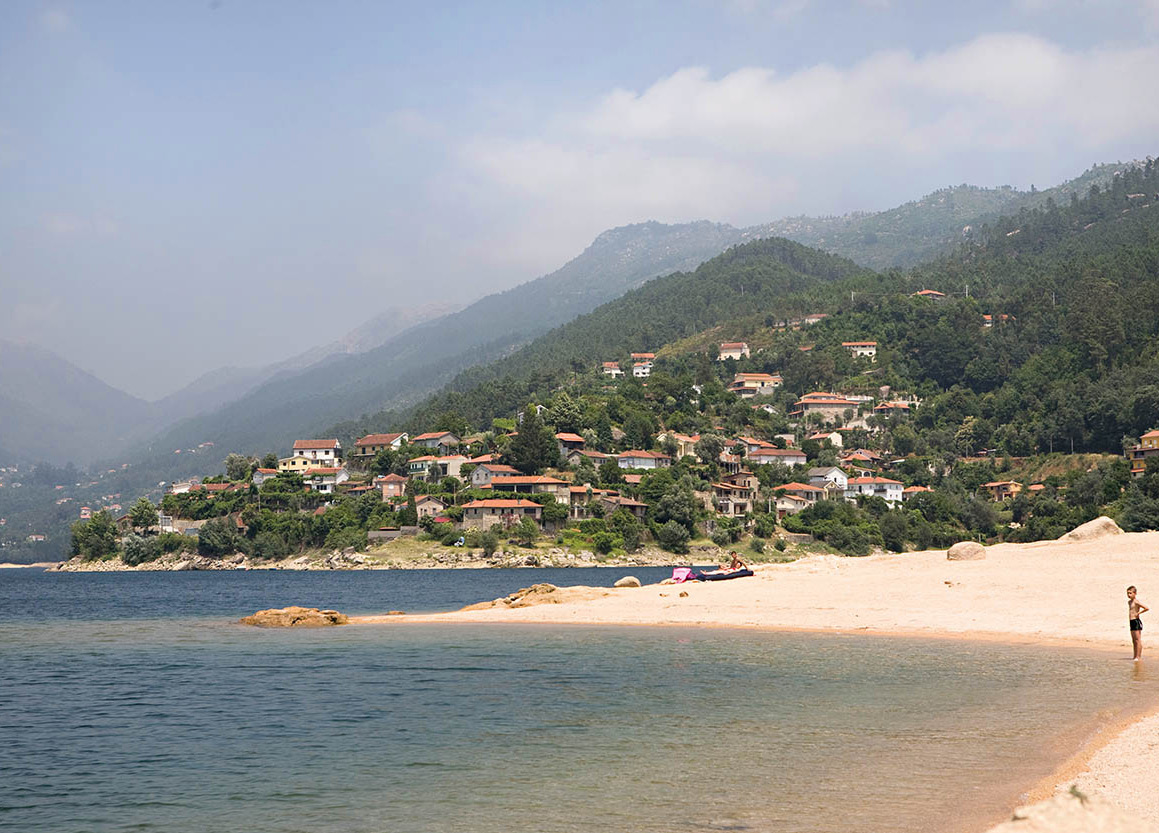Insight: Port Wine, The Douro’s Treasure
The story of port wine is one of triumph over adversity. From bare, inhospitable terrain came an extraordinary wine that is famed the world over.
Upstream from Porto lies the country’s most inhospitable region. Dry and stony, with barely a covering of dusty soil and with excessively high summer temperatures, combined with months of drought, the Upper Douro seems an unlikely area to have emerged as a global producer of world-famous port wine.
Covering a vast area of some 243,000 hectares (600,000 acres) with around 15 percent under vines, the history of port production has its roots in a modest cottage industry where the discerning locals were producing exceptionally high-quality wine for their own use. Exploiting the region to produce wine in commercial quantities was beset by huge problems, but it seemed that every disadvantage, every deterrent, contributed to its success. The soil, or rather the lack of it, was just one. Vines planted into the schist (rock) sent their roots searching deep down through the cracks and crevices to find water. The vast root system that developed allowed the plants to survive burning summers without irrigation, so yielding grapes high in sugar.
The pre-dammed Rio Douro, steep banked and virtually unnavigable, was another apparent drawback that proved essential to the region’s success, for without it there would have been no means of exporting the wine. Grapes harvested at the steep higher levels were transported to the split-level factories below, and the resulting wine was then lowered to the river for transport on the distinctive flat-bottomed barcos rabelos.

Teams, mainly of women, spread along the rows and sweep systematically across the vineyard; strong young men carry away the baskets. The close-packed vineyards create geometric green patterns on the hillsides transforming the rolling landscapes of this region.
AWL Images
Bringing in the Harvest

Along the waterfront near Peneda-Gerês National Park.
Lydia Evans/Apa Publications